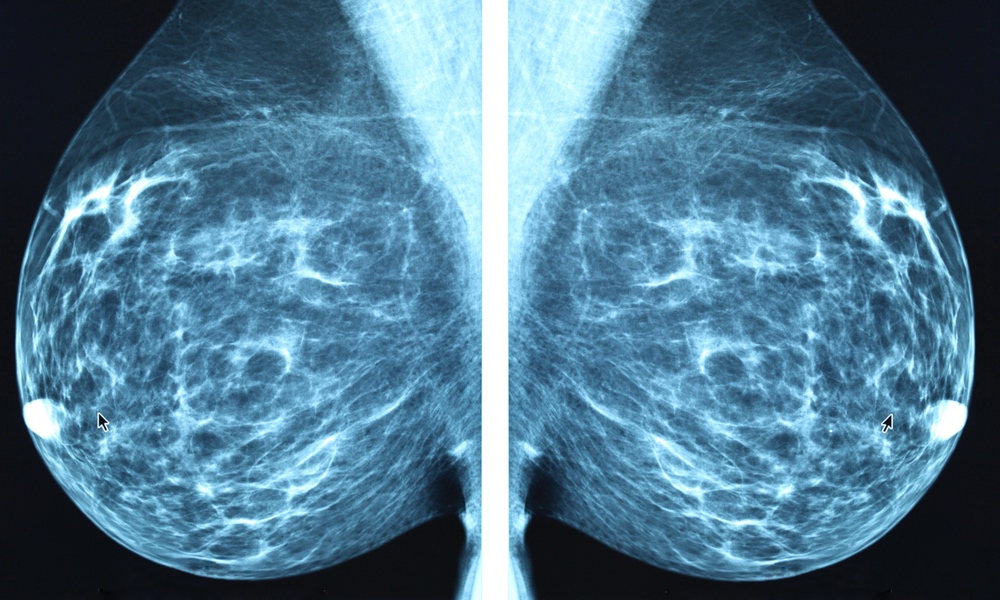We know that mammograms can detect breast cancer and save lives, but there’s been a lot of debate about the best time to begin breast cancer screening. Mammograms may have another benefit, a new study suggests, they may serve as a window into the amount of calcium buildup in the arteries of the breast, which could be a marker of how arteries of the heart are functioning.
The team behind the new study looked at almost 300 women who were having mammograms and CT scans of their chests. They wanted to see if there was any connection between having calcification of the arteries of the breast and having coronary arterial calcification, or CAC, which is a known marker of heart disease.
In fact, arterial calcification may be a more accurate predictor of heart problems than high blood pressure or high cholesterol. If the calcification mammograms picked up correlated with CAC found in CT scans, the researchers reasoned, then it could save time and money in the prediction of heart risk.“The more breast arterial calcification a women has, the more likely she is to have calcium in her heart's arteries as well. If all it requires is to take a closer look at the images, how can we ignore it?”
“Many women, especially young women, don't know the health of their coronary arteries,” said researcher, Harvey Hecht, in a news release. “Based on our data, if a mammogram shows breast arterial calcifications it can be a red flag — an 'aha' moment — that there is a strong possibility she also has plaque in her coronary arteries.”
One caveat the team points out is that the nature of the breast artery calcification and arterial calcification isn’t the same, which makes the results even more intriguing. Further research is needed to figure out why the one indicates the other. And repeating the studies with a random sample (instead of woman who were already going in for both mammograms and CT scans) will be necessary.
But right off the bat, the results are encouraging, since they could represent an essentially free strategy to screen women for heart disease, who might not otherwise be screened.
“This information is available on every mammogram, with no additional cost or radiation exposure, and our research suggests breast arterial calcification is as good as the standard risk factor-based estimate for predicting risk,” Hecht said. And, he adds, “The more breast arterial calcification a women has, the more likely she is to have calcium in her heart's arteries as well. If all it requires is to take a closer look at the images, how can we ignore it?”





